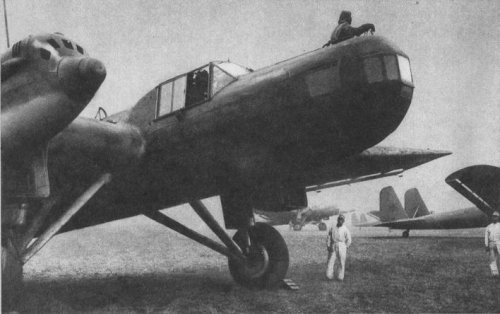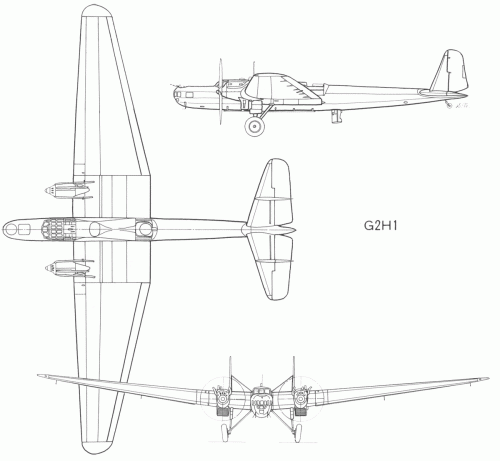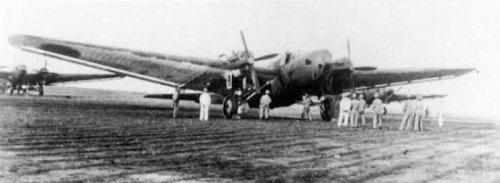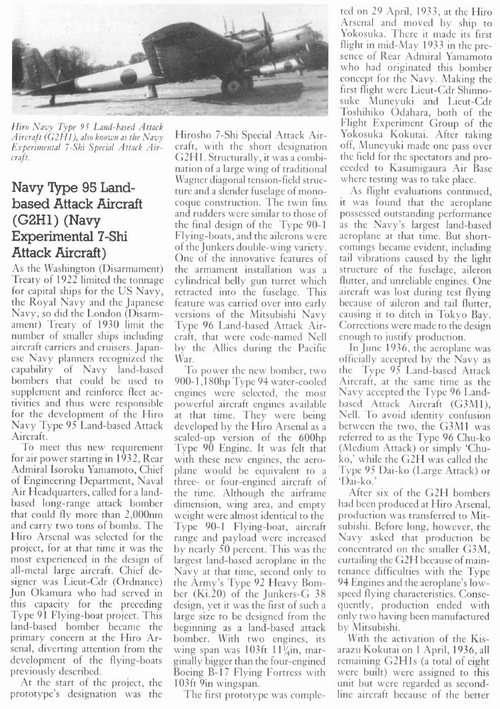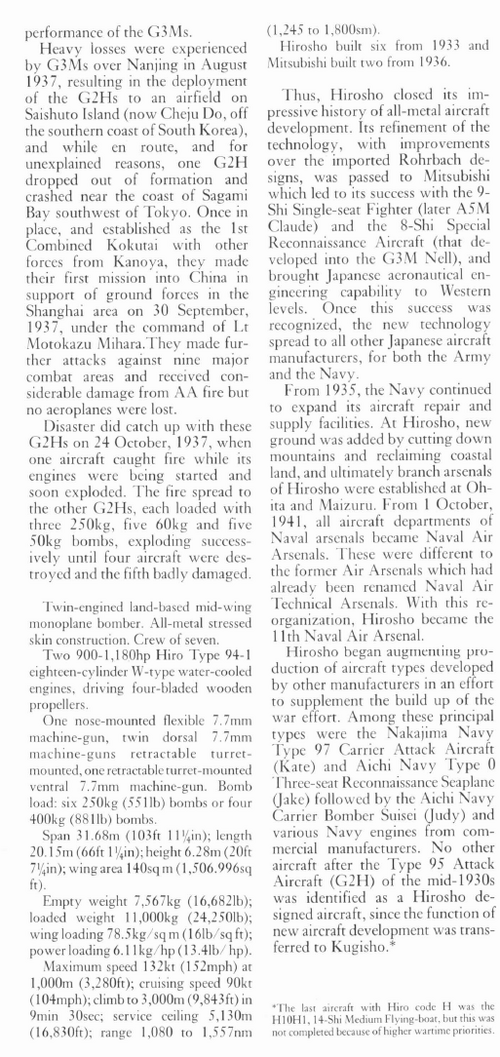- Joined
- 25 June 2009
- Messages
- 14,141
- Reaction score
- 4,332
In 1932, the Imperial Japanese Navy issued a specification for its 7-Shi Land-based Attack. The only known contender (and winner) of that competition was the Hiro G2H1, or Type 95 Land-based Medium Attack, Twin Engine, also commonly known as the "Dai-ko" or "Big Attack." It was a remarkably advanced design for its time, a monoplane bomber which carried a crew of seven and a 1,600-kilo bomb. Eight were produced in 1933, and although it was soon forgotten, its mission, shape and configuration heralded the later 9-Shi / Type 96 Land-based Attack, better known as the Mitsubishi G3M "Nell."

